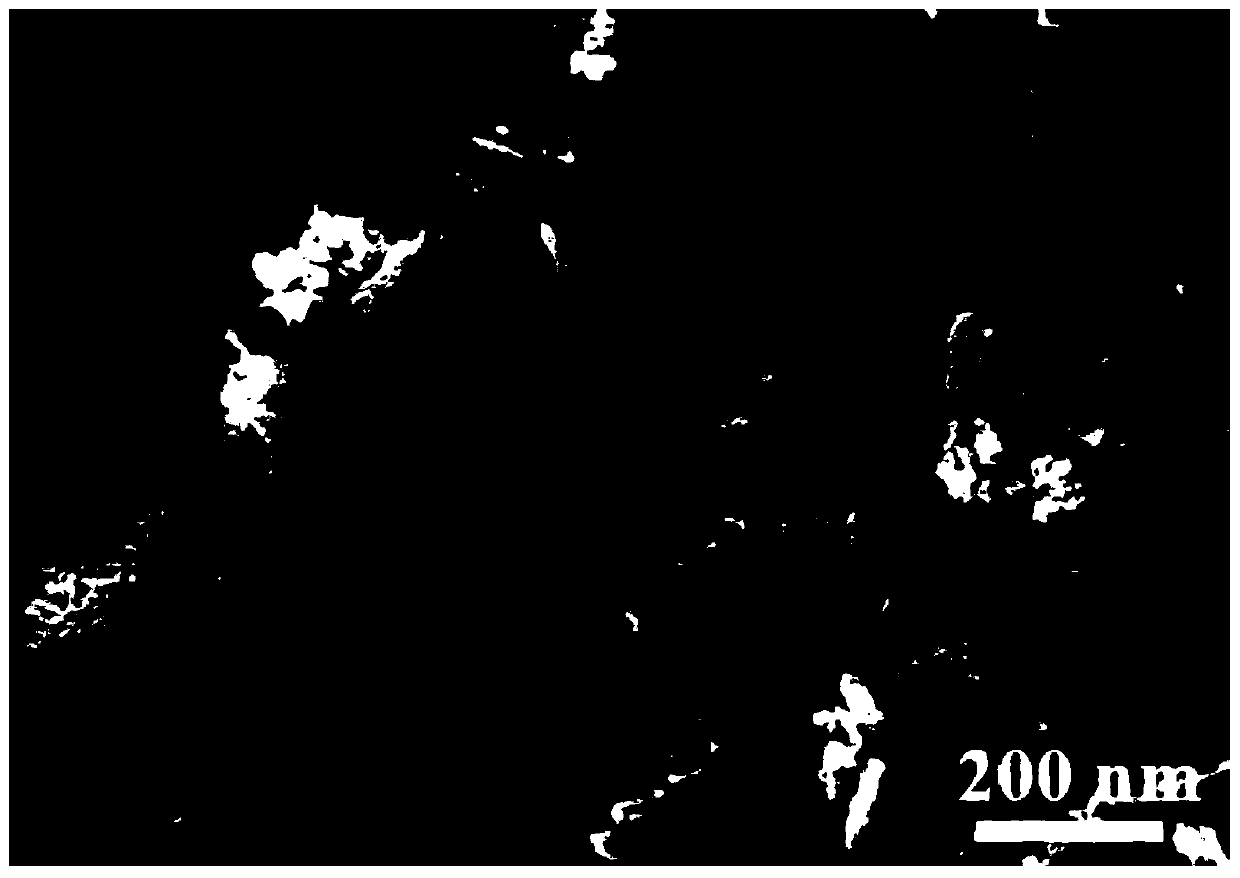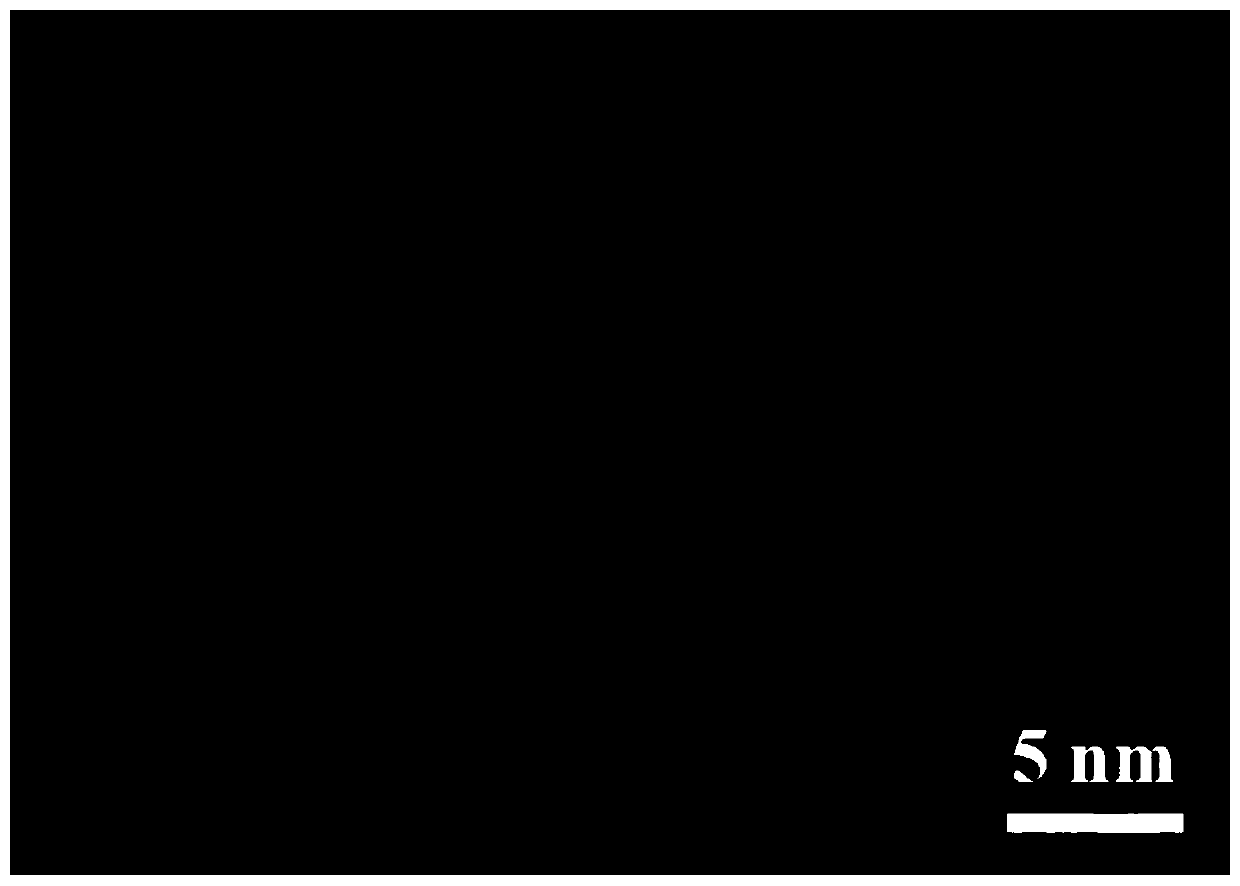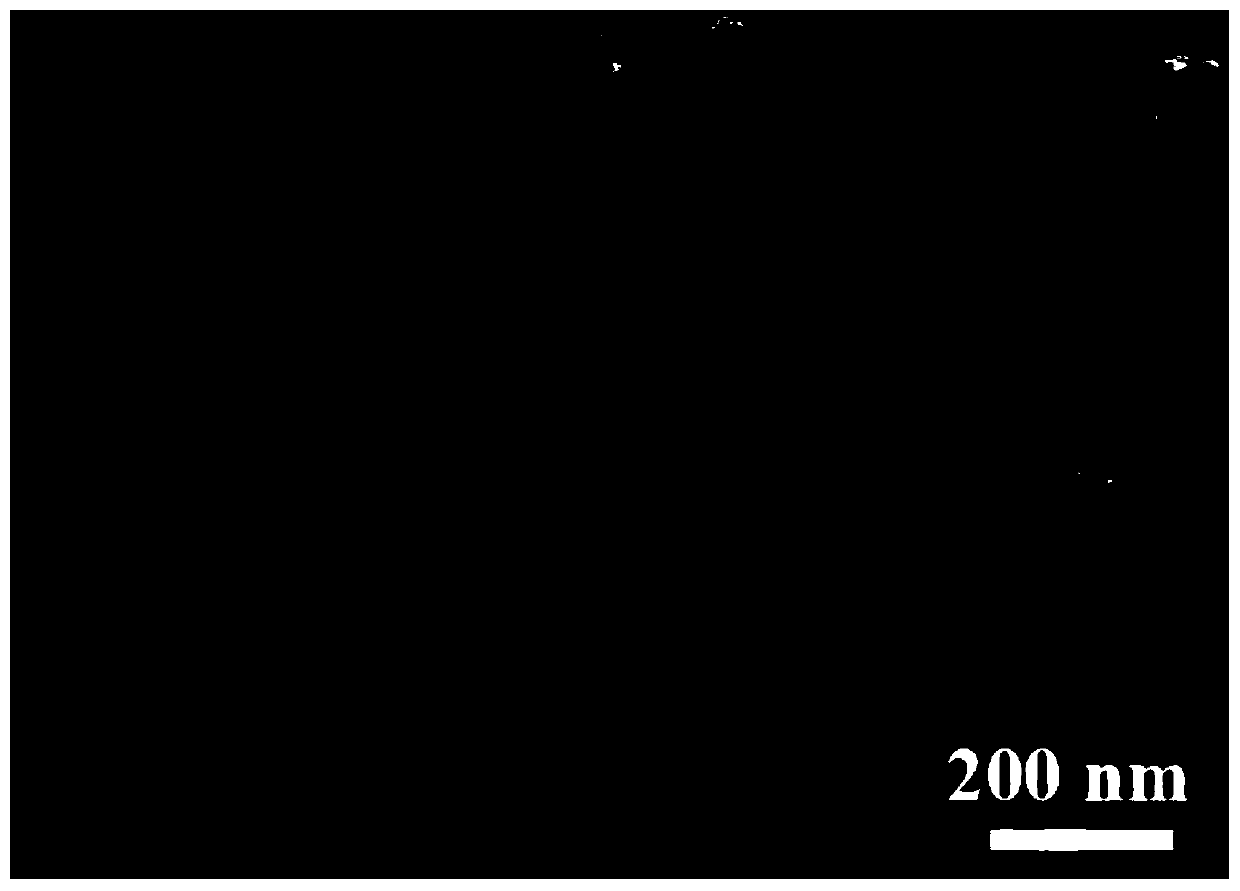Porous carbon material, preparation method thereof, porous carbon/sulfur composite material, battery positive electrode material, lithium sulfur battery and application of lithium sulfur battery
A technology of porous carbon materials and composite materials, applied in the field of battery energy materials, can solve the problems of single porous structure of porous carbon, poor stability of electrode material structure, fast attenuation of battery positive electrode materials, etc., achieve rich pore structure, improve cycle High performance, energy density, and high productivity
- Summary
- Abstract
- Description
- Claims
- Application Information
AI Technical Summary
Problems solved by technology
Method used
Image
Examples
preparation example Construction
[0057] According to a first aspect of the present invention, a method for preparing a porous carbon material is provided, comprising the following steps:
[0058] Organic ligands, metal salts, carbon sources, and surfactants were added to the solvent for solvothermal reaction to obtain MOFs@C composites, and the MOFs@C composites were heat-treated to obtain porous carbon materials.
[0059] It should be noted that the "@" in the MOFs@C composite material means "and", here is a composite material composed of carbon-coated MOFs.
[0060] MOFs is the abbreviation of metal organic framework compound (English name Metal organic Framework).
[0061] The type of organic ligands is not limited, and the organic ligands commonly used by those skilled in the art can be used. For example, it can be a carboxylic acid ligand or an imidazole ligand, and the carboxylic acid ligand can be an aromatic carboxylic acid ligand. entities, including but not limited to terephthalic acid, trimesic ac...
Embodiment 1
[0102] (1) Preparation method of porous carbon materials
[0103] A method for preparing a porous carbon material, comprising the steps of:
[0104] (1) Preparation of MOFs@C composites
[0105] Weigh 0.5g terephthalic acid, 1g zinc nitrate (Zn(NO 3 ) 2 ) and 1.6g of glucose were slowly added to a mixed solution of 60mL of DMF and ethanol (DMF / ethanol=1:1v / v), and a cationic surfactant (CTAB) was added, and rapidly stirred in a water bath at 60°C to dissolve it completely. Afterwards, it was transferred to a stainless steel polytetrafluoroethylene reactor, and after a solvothermal reaction at 165 °C for 25 h, it was filtered, washed, and dried to obtain a black-brown solid MOFs@C composite material.
[0106] (2) Preparation of porous carbon material (PC)
[0107] Take the black-brown MOFs@C composite material obtained in step (1), dry it completely at 100°C for 24 hours, put it into a quartz boat after grinding, and then place it in a tube furnace. 2 The porous carbon mat...
Embodiment 2-19
[0111] The difference between Examples 2-19 and Example 1 is that the type of organic ligand in step (1) and the mass ratio of porous carbon material (PC) and elemental sulfur (S) in step (2) are different, specifically as Table 1 shows.
[0112] Table 1
[0113]
[0114]
PUM
| Property | Measurement | Unit |
|---|---|---|
| current efficiency | aaaaa | aaaaa |
Abstract
Description
Claims
Application Information
 Login to View More
Login to View More - R&D
- Intellectual Property
- Life Sciences
- Materials
- Tech Scout
- Unparalleled Data Quality
- Higher Quality Content
- 60% Fewer Hallucinations
Browse by: Latest US Patents, China's latest patents, Technical Efficacy Thesaurus, Application Domain, Technology Topic, Popular Technical Reports.
© 2025 PatSnap. All rights reserved.Legal|Privacy policy|Modern Slavery Act Transparency Statement|Sitemap|About US| Contact US: help@patsnap.com



